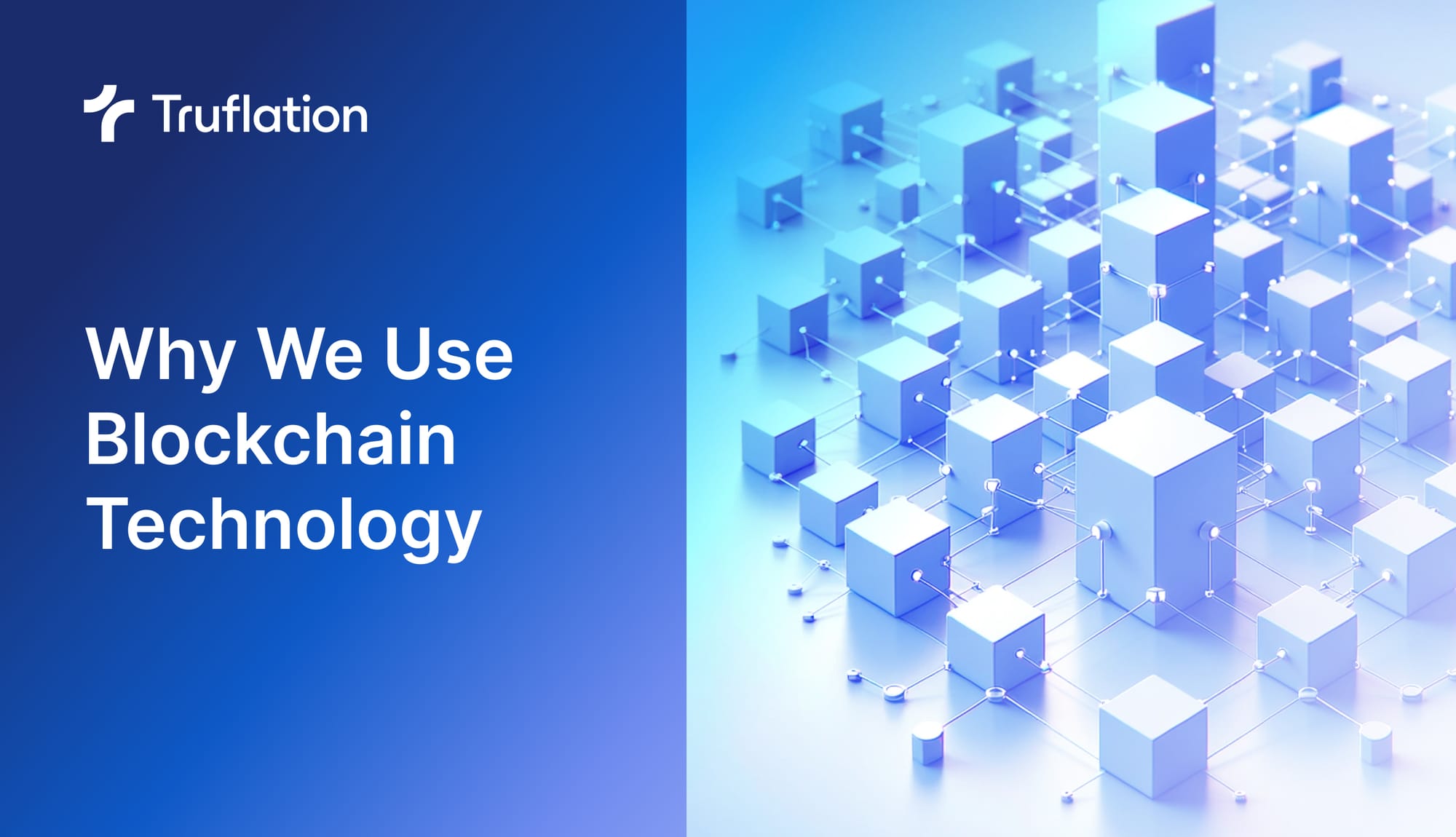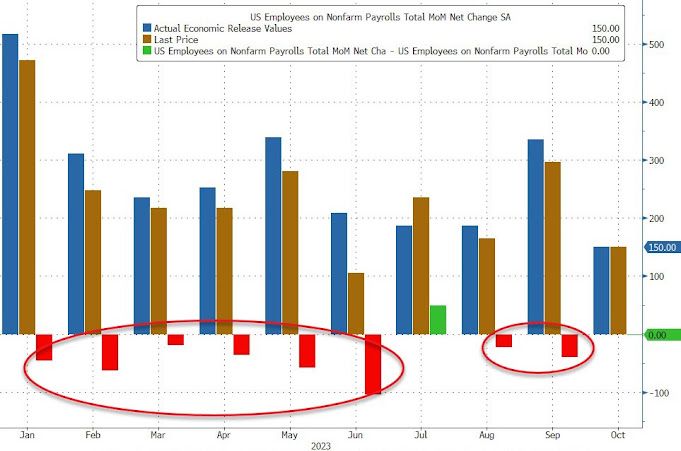Why We Use Blockchain Tech

We believe Truflation is up to 30 times more accurate than official government data collection and reporting methods. We’re also a scalable solution built using modern systems for the next generation.
While Truflation.com tracks 18 million items with three price feeds per item, the US government uses 477 employees to track 80,000 items manually. In contrast, Truflation is fully automated and brings multiple sources of data in different formats and intervals into one stream.
US government methodology is vertically integrated, biased, and editable. They can change methodology and time-sets on a whim ... while they are working with old data-sets.
Technology is important, of course, but we put more emphasis on our transparent methodology, which is continuously tested and validated using multiple sources in real-time.
The blockchain allows us to achieve this while being a modern, transparent, immutable, censorship-resistant, decentralized, trustless, and permissionless technology accessible to all.
1. Censorship resistance
There are $4.4 trillion inflationary-linked bonds in the market today and the current sole source of truth is a government bureau. Over time, governments and other institutions may be concerned with referring to an alternative source of truth for these inflation-linked bonds outside the control of bureaucracies and departments.
(For example, unemployment across the youth in China hit a record high, the government stopped releasing youth unemployment data. When faced with bad data governments tend to interpret the data in a positive light. Should that not work, they might edit the data or perhaps stop publishing it completely.)
2. Immutable, transparent, accessible
Writing data to the blockchain ensures it cannot be changed and that it is transparent and accessible to anyone. Unlike governments - who can edit up to six months of historical data and reports - once data is written on the blockchain it's logged forever.

3. Cost
Traditional centralized index models represent a simple wrapper to a database, are costly to develop, and require resourcing in sales, software development, and hosting.
The blockchain distributes ownership thanks to our decentralized, Web3-native, consensus-driven database in which participants across the ecosystem contribute and are rewarded in tokens that represent their ownership and utility within the network.
Data providers, Hosting companies, and software and data builders share in the adoption and usage of the indexes and the underlying data is paid for with tokens.
4. Governance
On the blockchain operating as a decentralized autonomous organization (DAO), token holders transparently participate in any changes to the methodology, calculation operations, and distributions, including the further innovation and evolution of index calculation. This minimizes the chance of radical changes in the methodology at the whim of selected vested interests.
Unlike current models, where the government can change the methodology at the call of an administration, a blockchain-enabled model provides more transparency.
It allows the protocol to build out and adjust methodology in a fully transparent way that includes users, contributors, builders, and researchers. Each participant has a transparent stake in voting on the outcome, additions, and edits to methodologies through tokens.
Our Mission
The U.S. government's CPI is antiquated and ripe for disruption. This is the main reason we founded Truflation.com.
Inflation impacts everyone. We see it as necessary to explain and educate the broader population about what inflation is, how it impacts people, and what you can do to protect yourself against losses in salary, a reduction in purchasing power, and other pitfalls of this hidden tax.
Worldwide, there are perhaps 500 million accredited investors - but what about the remaining 8.5 billion people on the planet? How can they get access to true inflation data and information and protect themselves against inflation?
We're aiming to be the answer.

